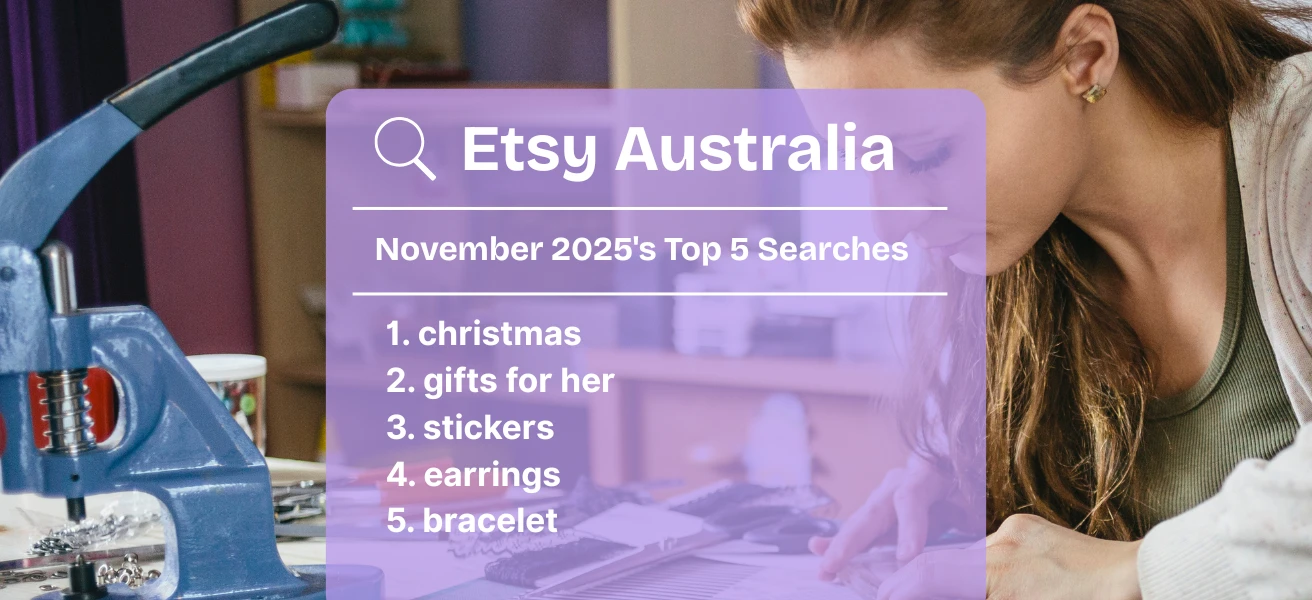Before internet shopping, you either had to hit the shops or know someone with the skill set to craft it for you. Now, with the power of a searchable internet, millions of products and sellers are at your fingertips. If you have a product to sell, you have the potential to reach millions of customers without even leaving your home. You just need to know how people who might want your product are searching for that type of product. Easy right? Not always. Let’s dive a little deeper into how this all works.
The Search Funnel
The process from an idea, all the way down to making a purchase can be thought of as a funnel. Let’s say you want to buy a new office chair. From the initial idea, you may try a broad search of “Office chair”. After a bit of browsing through search results, you decide that you want a blue office chair. You refine your search to “blue office chair”. After browsing these results, you decide you want a blue leather office chair. You refine your search one last time to “blue leather office chair”. This search leads you to a few office chairs that you had in mind and you end up making a purchase. From idea to purchase, you made your way down the search funnel. Your initial idea became the head keyword. Your last search revision became a long-tail keyword. We are going to look at both types of keywords next as well as how to research for keywords.

Keyword Research
Taking the time to do your research is an integral part of being successful in the online commerce world. Some sellers rely on guesswork. This can lead to some luck. However, the key to repeatable success is through gathering knowledge.
- The first step you can do when researching keywords for your product, is to simply do some searching on Etsy. Type in a word or short phrase that describes your product. See what the results are. Do you see items like your product? If so, then you are likely on the right track.
- Next, take what you used for your initial searches and put them into eRank’s Keyword Tool. With this tool, you can start by entering the keyword or phrase you searched for earlier. You’ll see a list of related keywords and phrases along with their search volume, competition, and other metrics.
Head Keywords
Head keywords are competitive search terms that have a high search volume due to the broadness of the topics they represent. When you did your first Etsy search as part of your research, you probably landed on a broad search term. Think about how people might generally search for a product such as yours. This will likely be your head keyword. In our example above, “Office Chair” was the head keyword. It was the broad concept that encompassed what type of product we were searching for.
Long-Tail Keywords
Long-tail keywords contain three words or more. While they have lower search volume, they are more focused. They often have much less competition than related head keywords. Since long-tail keywords are so specific, they can potentially lead to a sale when used with a relevant listing on Etsy. In our examples above, “blue office chair” and “blue leather office chair” would both be considered long-tail keywords. The long-tail keyword, “blue leather office chair” was the one that led to a purchase. It was hyper-focused on what we were searching.
Placing Keywords
We’ve now done our research and built a list of keywords to use for our products. It’s time to put them to work starting with the listing title. The keywords in the front of the title are important. It’s the first place seen by shoppers. Build your title with that in mind. Place your most descriptive keywords in the front. It’s helpful to repeat the first three words of your title in the first sentence of your product description.
Once you have made use of your keywords in your title and description, you will want to fill up the tags section. Make sure to use all thirteen tags. Avoid single-word tags if you can. The eRank Keyword Tool can come in handy. Find relevant tags related to your head keyword by using this tool. Look for keywords with low competition when possible. Use them to complete all thirteen tags.

Let’s Get To Work
Think of each product in terms of how a shopper might find their way to your listing. Try using the search funnel concept we discussed.
Take the time to identify your head keywords for each product. Use them to create lists of relevant keywords to help drive traffic to your products.
Despite having less search volume, Long-tail keywords usually have less competition. Use the specificity of these keywords to target more qualified buyers who have taken the time to refine what they are searching for.
We’ve only begun to scratch the surface of the complex world of keywords and SEO for Etsy sellers. Hopefully, you have a great starting point to experiment with your listings.
Be sure to check out eRank’s Keyword Tool here.








